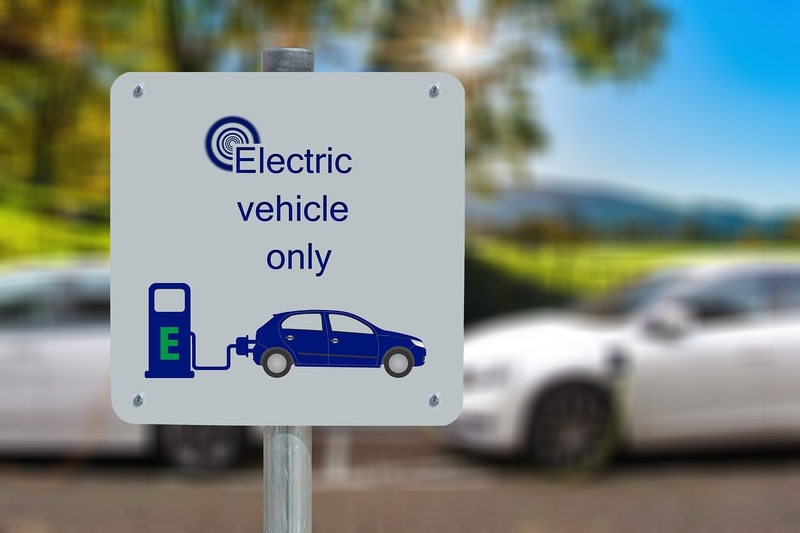
Vehicular pollution is a major contributor to the rising levels of pollution in India. Electric vehicles have zero on-road emission and can minimise the production of greenhouse gasses.
To promote the adoption of electric vehicles, the Department of Heavy Industry formulated the FAME India Scheme (Faster Adoption and Manufacturing of (Hybrid &) Electric Vehicles in India) in 2015 for the initial period of two years, with the first phase starting in April.
According to an official press release, the Phase-I of the Scheme was extended to March 2019. In this phase, about 280,000 hybrid and electric vehicles were supported by way of a demand incentive amounting to about IN 359 crores (about US $50.5 million). This resulted in saving around 50 million litres of fuel and the reduction of around 124 million kilograms of CO2.
Phase-I saw the development of about 500 charging stations across the country. Also, Energy Efficiency Services Limited (EESL) under the Ministry of Power has deployed 65 public charging stations for electric vehicles in the country. EESL is also deploying around 300 AC and 170 DC captive chargers across government offices in the country.
As per information received from the Society of Indian Automobile Manufacturers (SIAM), about 300 million vehicles plying on the road have internal combustion engines.
The second phase planned to support about 100,000 electric-2 wheelers, 500,000 electric-3 wheelers, 55,000 e-4 wheeler passenger cars, and 7,000 e-buses through demand incentives for a period of three years. This phase started in April 2019.
The demand incentive is linked to battery capacity, that is IN 10,000/KWh (about US $140) for all category of vehicles except e-buses where it is IN 20,000/KWh (about US$ 281).
Additionally, a budget provision of IN 1000 crore (about US$ 140 million) has been created for the setting up of a charging infrastructure under the scheme. The Department of Heavy Industry had issued an Expression of Interest (EoI) inviting proposals for the establishment of 1,000 charging stations under this phase.
The following initiatives have been launched by the government for electric vehicle industry promotion in India:
- Under the new GST regime, GST on EVS is reduced from the existing 12% rate to 5% as against the 28% GST rate with cess up to 22% for conventional vehicles.
- The Ministry of Power has allowed the sale of electricity as a ‘service’ for the charging of electric vehicles. This will attract investments into the charging infrastructure.
- The government has granted an exemption to battery-operated transport vehicles and transport vehicles that run on ethanol and methanol fuels from the requirements of the permit.
- The government has proposed the exemption of registration fees for battery-operated/electric vehicles to promote the use of eco-friendly vehicles in the country.
- The Ministry of Road Transport and Highways has allowed the age group of 16-18 years to obtain driving licences to drive e-scooters.
















